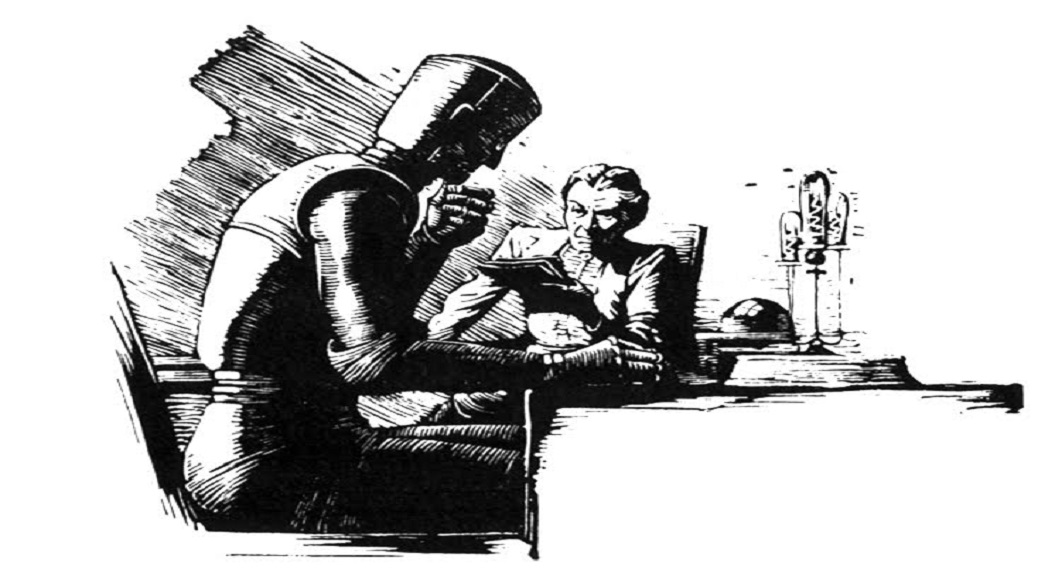[This article is authored by Suryansh Sadhwani, II Year B.A. LL.B. (Hons.) student at Dr. Ram Manohar Lohia National Law University. This is the second part of a two-part series on AI chatbots as personal therapists. While the first part explored their promise and risks in making therapy more affordable and accessible, this part examines…
Category: Bots
Part I | AI CHATBOT: MY PERSONAL THERAPISTS!!!
[This article is authored by Suryansh Sadhwani, II Year B.A. LL.B. (Hons.) student at Dr. Ram Manohar Lohia National Law University. This is the first part of a two-part series exploring the growing use of AI chatbots for emotional support, highlighting their affordability and accessibility, while raising concerns about emotional dependency, harmful advice, data privacy,…
Examining Artificial Intelligence and Privacy in the light of COVID-19
[This post has been authored by Suvam Kumar, a 3rd year student at National Law University, Jodhpur.] The COVID-19 pandemic has exposed the frailty of mankind’s societies and systems. In spite of tremendous progress made by humans in several fields of life, we are rendered helpless by the rapid and uncontrolled spread of the coronavirus….
Artificial Intelligence is a Road Map to Transmogrification of Legal Industry
This piece, taking an optimistic view of the use of AI in the legal industry, has been authored by Priyal Agrawal and Laxmi Rathore. They are currently in their 3rd year at the Kirit P. Mehta School of Law, NMIMS, Mumbai. “In the long term, artificial intelligence and automation are going to be taking over…
Does Web Crawling Contravene the Indian Copyright Act, 1957?
[Ed Note: The following post has been authored by Shivang Agarwal, currently in his final year at NALSAR University of Law. In an interesting read, he analyzes the nature of web crawling actions and the kind of information collected to assess whether claims of copyright infringement may be brought against entities running such search engines.]…
Roboethics
Ed. Note: This post by Benjamin Vanlalvena is a part of the TLF Editorial Board Test 2016. Source: xkcd Liability in law arises to persons who are considered rational and have control over their actions. Techonology is advancing at a rapid pace; machines have taken over a lot of jobs…
The Equations of Bots and the Law, Part I : Crimes and Torts
(Image Source: http://sites.psu.edu/periodicpostulations/2012/09/12/little-lost-robot/) One of the most interesting news items to come through the interwebs recently was the ‘seizure’ of a certain ‘art experiment’ in Switzerland. The bot, sadly unimaginatively named Random Darknet Shopper, lived up to its name by buying items randomly from Darknet marketplaces (with Bitcoins, interestingly) and shipping them to a gallery…
